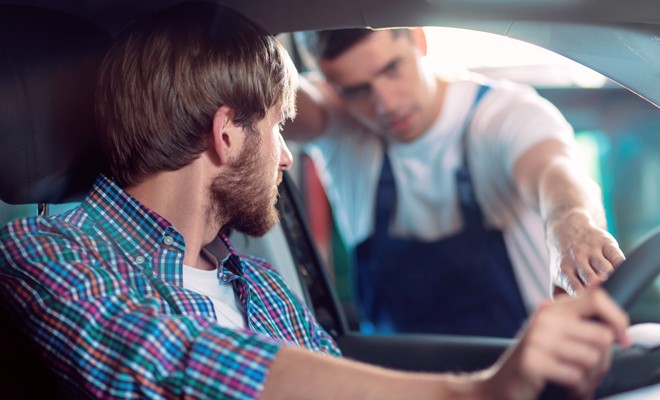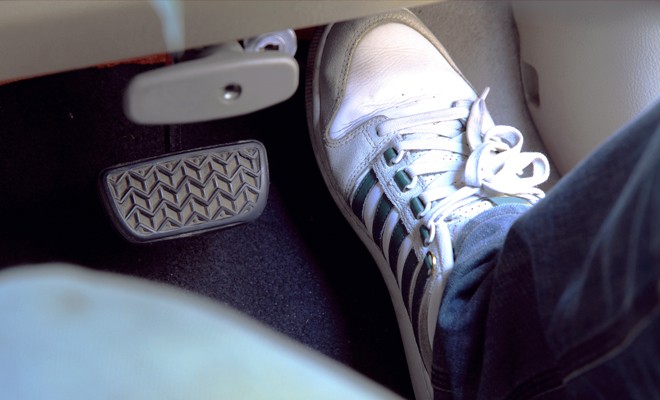CHECK YOUR BRAKE ROTORS WITH A ROAD TEST
A road test is the best way to check your brake rotors.
When performing a road test, make sure the vehicle speed reaches 30mph and then safely apply the brakes firmly while coming to a complete stop. Be on the lookout for a pulsation or vibration in the vehicle or on the brake pedal.
You may even feel this vibration or pulsation in your steering wheel. If you experience vibration or pulsation, it is an indicator that the rotors could have a thickness variation problem and should be checked.
If no vibration is felt, drive to a remote area and increase your speed to 60mph and apply the brakes firmly as you did in the 30mph test. If a vibration or pulsation is felt in the brake pedal, there may be a problem with the rotor or caliper.
Symptoms of bad Rotors

If you feel a vibration or pulsation in your brake pedal, vehicle or steering wheel, take your vehicle your trusted mechanic and have the rotors inspected to determine if they need to be repaired or replaced.
If the problem is found early, a mechanic can “turn” (resurface/machine) the rotor and remove the damaged surface while still leaving the minimum rotor thickness. If the warning signs are ignored, the rotor can become so damaged that it wears to an unsafe thickness that compromises your braking system.
DON’T REPLACE BRAKE PADS ON DAMAGED ROTORS
Your brakes rely on friction from the brake pad as it is pressed against the rotor to help stop the car. If new brake pads are put onto a vehicle with damaged rotors, the pad will not properly contact the rotor surface which will reduce the vehicle’s stopping ability. Deep grooves that have developed in a worn rotor will act as a hole-puncher or shredder and damage the pad material as it is pressed against the rotor.
INCREASE THE LIFESPAN OF YOUR ROTORS

There is one key thing you can do to help maximize the life of your brake rotors. When driving, the one-foot method is the recommended way to operate the gas and brake pedals. This will help the longevity of your brake system.
Driving with one foot on the brake pedal and the other on the gas pedal at the same time is bad for brakes and fuel economy. Resting your foot on the brake pedal unknowingly can cause premature brake pad wear and excess heat that may damage the rotors.
Learn more about brake rotors, find your rotor part, or find a local car repair shop today.
The content contained in this article is for entertainment and informational purposes only and should not be used in lieu of seeking professional advice from a certified technician or mechanic. We encourage you to consult with a certified technician or mechanic if you have specific questions or concerns relating to any of the topics covered herein. Under no circumstances will we be liable for any loss or damage caused by your reliance on any content.